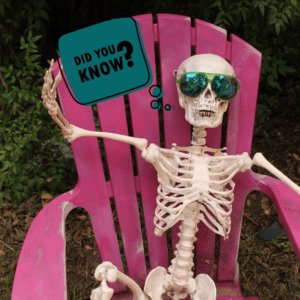After an extremely long wait (and two false starts!), Saturday the 24th of July 2021 was a day that many of us have been waiting for: the return of parkrun.
With its return there’s been an amazing atmosphere at Chiswick-Physio, with many of our clients excited to get back running with others… or jogging, or walking.
Lots of our clients took up outdoor exercise to keep fit over the past 18 months when gyms were closed. The last few weekends have been the first occasion for people to take part in a real outdoor event with other people.
Even if you don’t consider yourself a runner (yet), almost anyone that wants to get active, can prepare themself to run or walk 5km (or any length!) by slowly getting started. We’re going to provide you with some tips to help you start running or walking 5km safely, without causing an injury.
Parkrun is a huge community event, and there’s plenty of park runs locally to west London. Getting involved with them is a great way to get fit and healthy, and the best thing about them is that they are totally free to do.
The whole ethos behind parkrun is that they’re all inclusive: you can run, sprint, jog, or walk the 5km distance and there’s absolutely no pressure on anyone. You don’t need to be a particular fitness level to join!
Even if you don’t run, and you jog, walk, or sprint, all our health secrets are great for anyone, but they are especially great reading for anyone aged 40+, and for those that are looking to get more active now the summer is here and restrictions are easing.
This blog post is our ultimate guide to start running. We have all the expert tips to help you prepare for parkrun and reach the start and finish lines feeling confident. As well as the injury dangers to look out for!
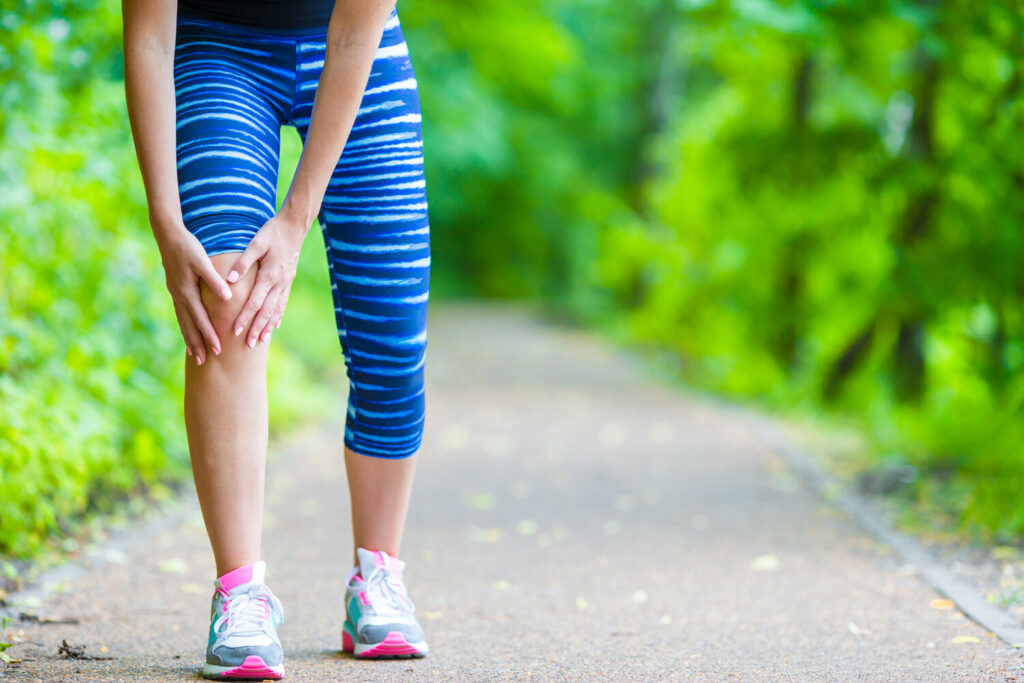
Tips to protect your knees and prevent running injuries
1. Have A Programme
It may seem a bit daunting at first, and if you’ve never run before, then why not download the NHS Couch to 5K app. It’s a great programme, that will build you, slowly over 9 weeks, towards running 5km without stopping. It not only includes the programme, but there is lots of motivation on their site too.
You don’t have to follow a programme but doing so will allow you to build your stamina gradually. This will help you to:
-
Build fitness without injury
-
Build stamina that is sustainable
-
Gradually increase the amount of time you run without stopping.
These are all important reasons for starting slowly. Doing too much too soon, is unlikely to reap good results. Over stretching yourself can easily result in injury and may put you off running entirely.
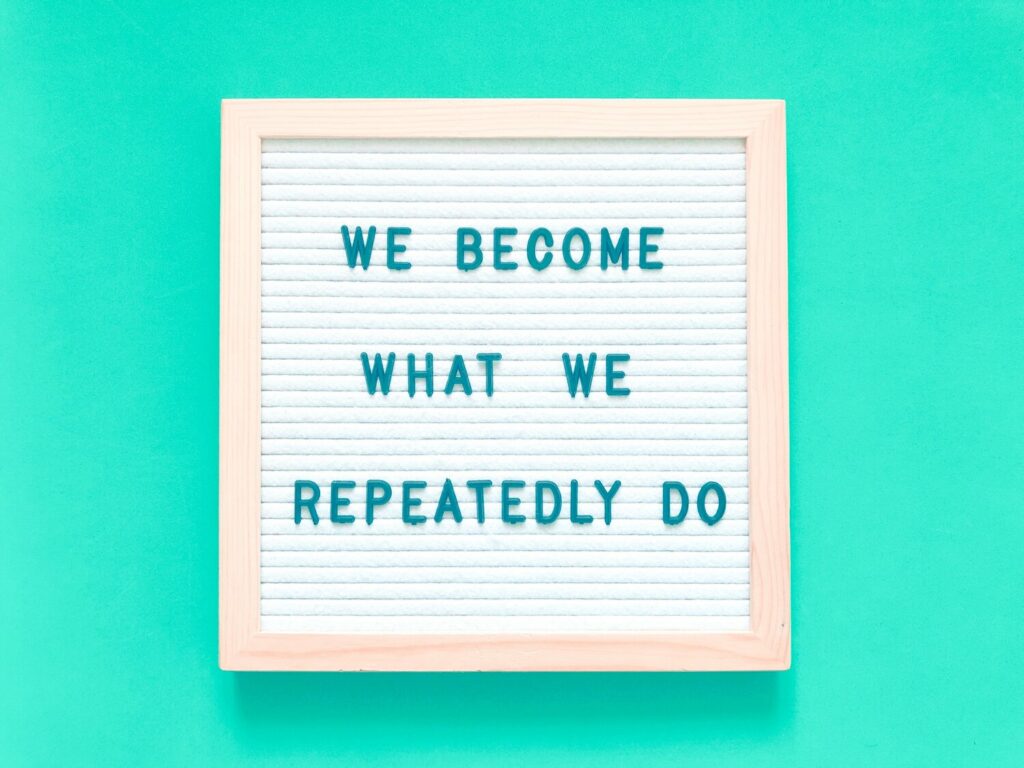
2. Make It A Habit
Habits can be hard to shake. Some happen when you’re not thinking about them. For example, if you mindlessly pick up a doughnut with your morning coffee. But you can create them too. First you need a cue — an alarm on your phone, maybe — that tells your brain you’re about to run. Then you follow it instantly with a reward, like a cup of coffee or a TV show. After a few weeks, your daily run may become a hard habit to break.
Look HERE at our previous BLOG to find out more about Creating a Habit.
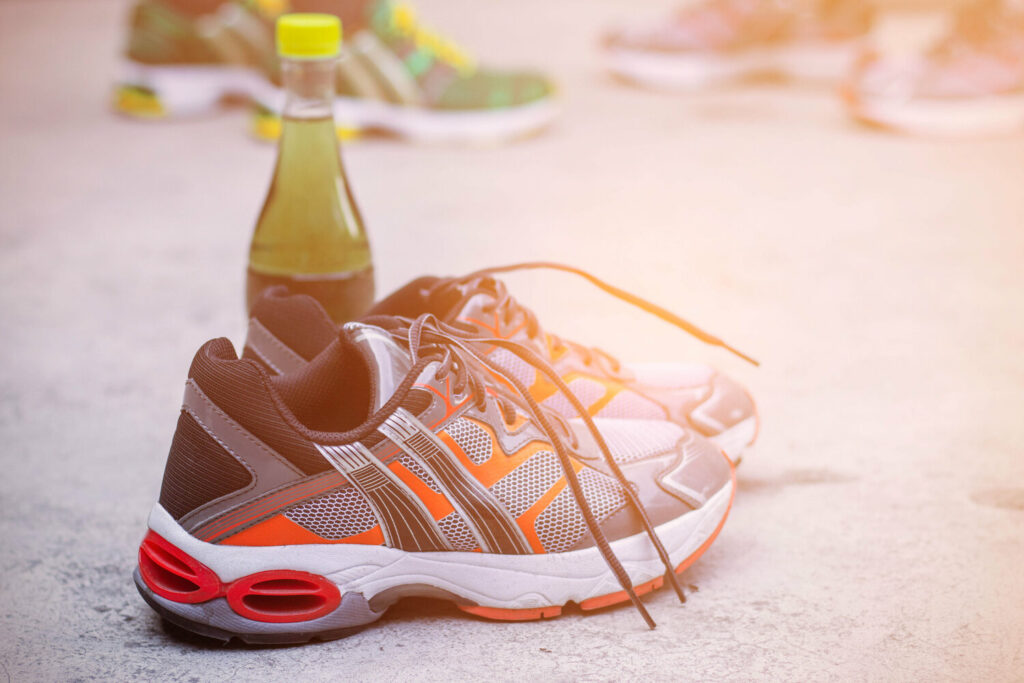
3. Choosing The Right Footwear For Running
Not everything is stylish, unfortunately. Stick to Velcro or lace shoes rather than those high heels!
Resist the lure of the old trainers languishing in your wardrobe, even for walking. Worn-out or ill-fitting shoes are a recipe for injury. Go to a specialist running shop to get a pair with the fit and support you need. There’s no magical shoe that makes running easier, but a bad shoe will ruin your running.
There is plenty written on the subject of shoes and I would head to this article HERE that has been written by Up and Running who has just opened up on the high street.
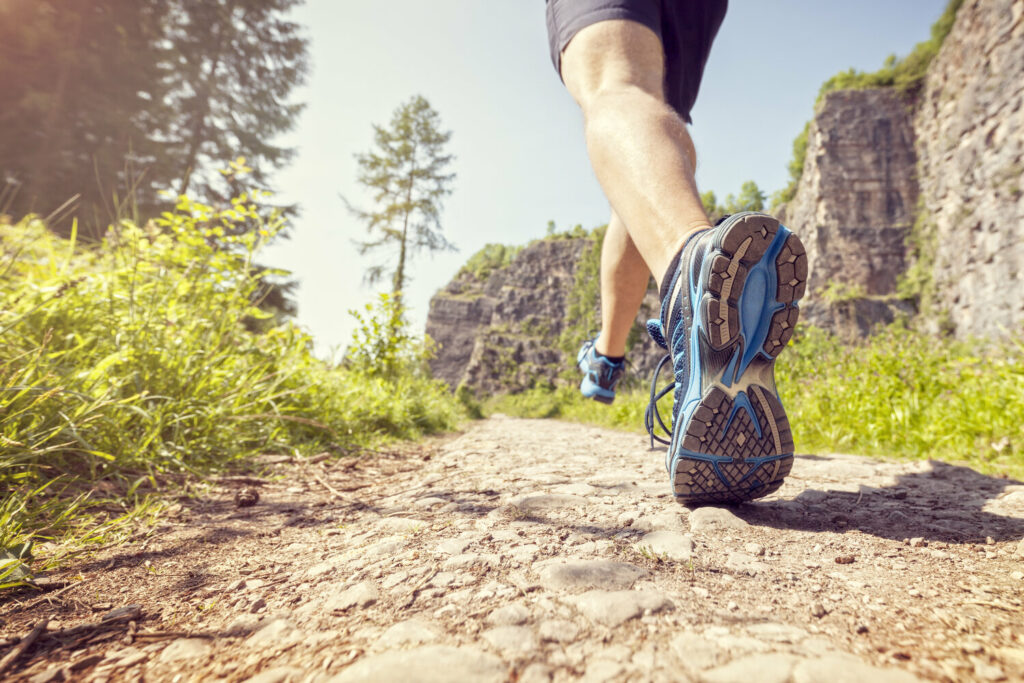
4. Vary Your Terrain
You’d be wise to mix it up a little and alternative between tow path, grassland, pavement and woodland (if you can find it). Not all surfaces are created equal, vary your location and you’ll vary your session. I would try to avoid all your running on the pavement as it delivers the most shock of any surface to a runner’s legs
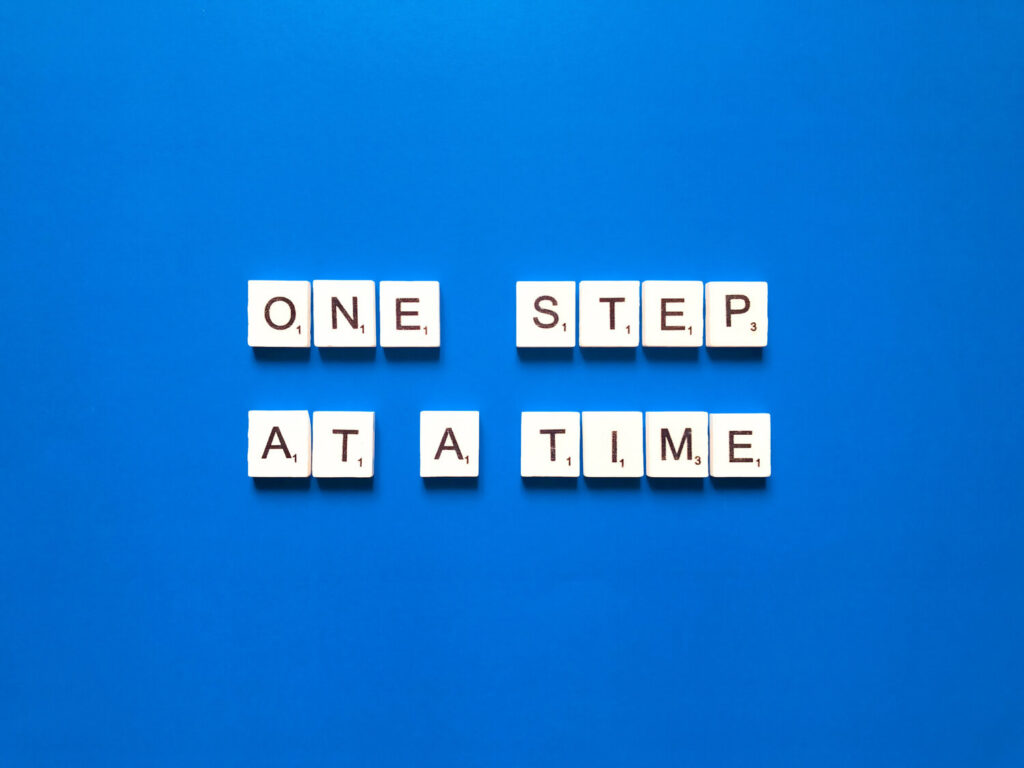
5. Listen To Your Body
If any pain occurs don’t grit your teeth through it, no matter how stubborn you are. Listen to your body and, if injury befalls you, treat it accordingly. Ignoring it will only leave you in more pain and recovering for longer.
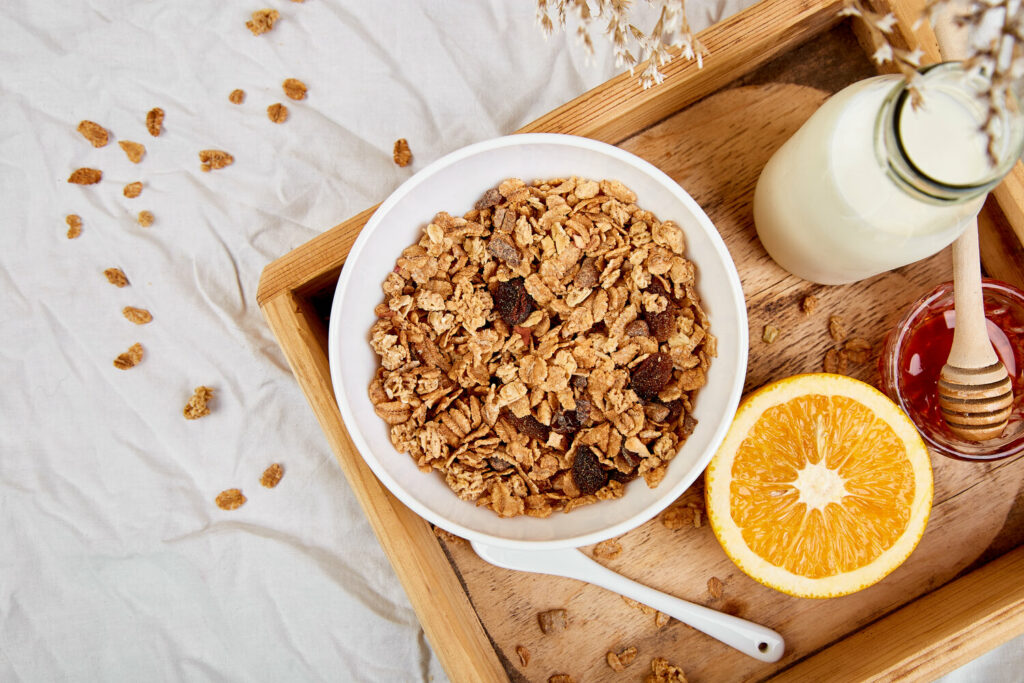
6. Fuelling Your Run
An entire industry is devoted to selling you products that promise to make you run better and recover quicker. The reality is that for most recreational runners, a decent diet is more than adequate fuel.
Generally, your body digests simple carbohydrates (toast, porridge, cereal) faster than protein, so a bagel with peanut butter a couple of hours before a workout is ample. And unless that workout is an epic sweat fest, you don’t need any magical protein shake afterwards. Just make sure your next meal is fairly soon after the run, and that it contains some healthy natural protein, such as eggs, yoghurt, nuts, or lean meat.
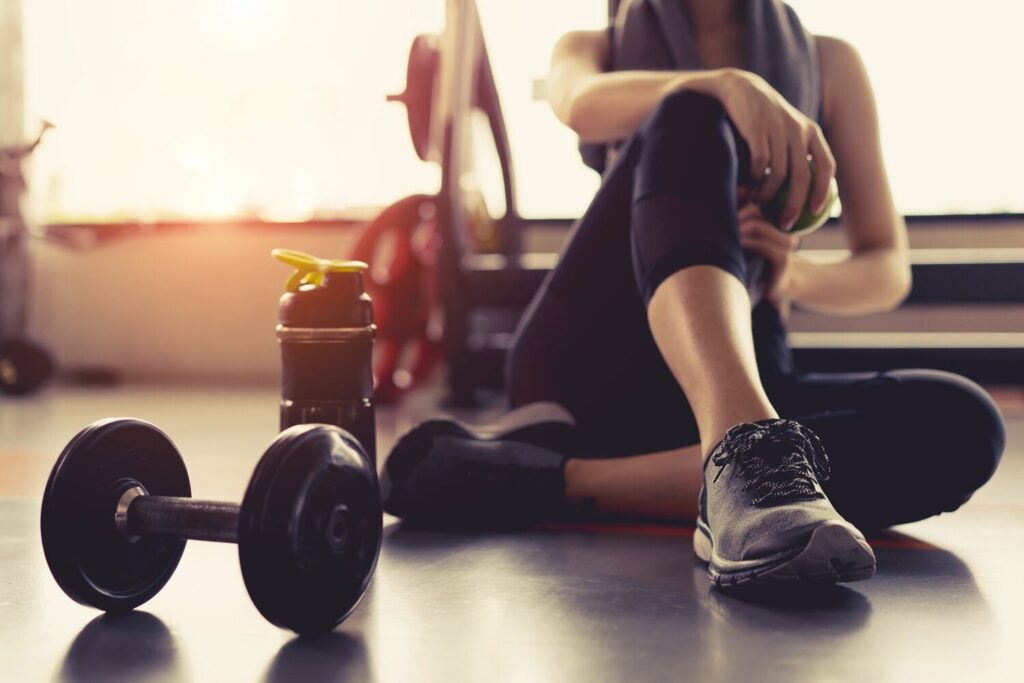
7. Consider Incorporating Strength Training
Don’t run for every workout. Sure, you may be on a journey to become a runner, but there’s more to it than mind-numbing mileage. Including the four main movement patterns below and ensuring your other workouts contain plenty of them is your key to a strong foundation and, in turn, fewer injuries along the way.
-
Squats
-
Hinges
-
Pushes
-
Pulls
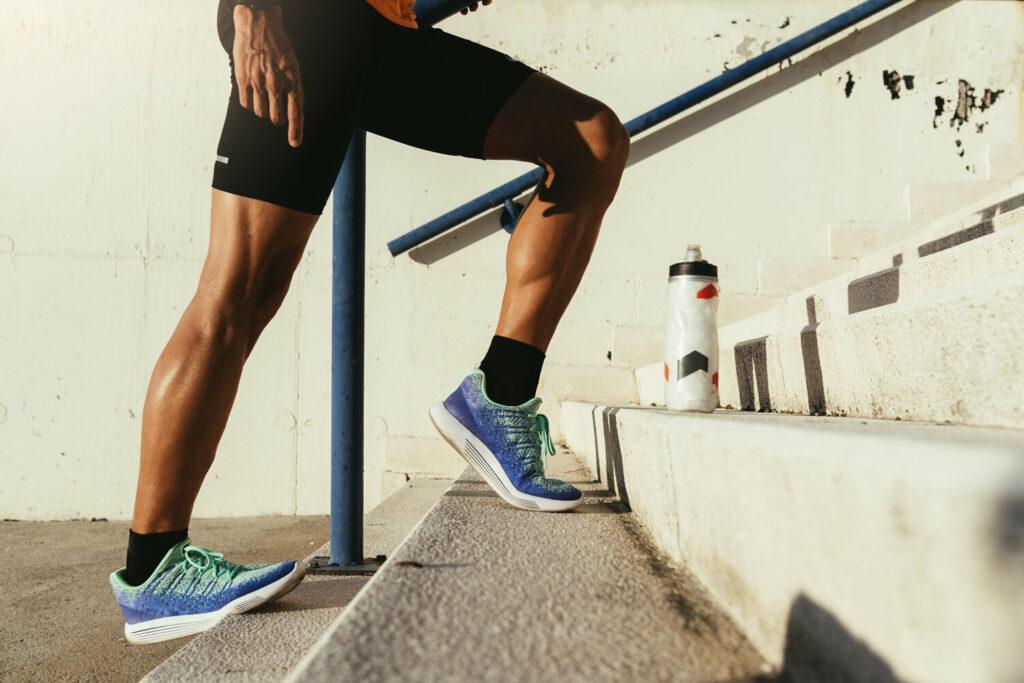
8. Stretching
You don’t have to waste your time sitting on the curb touching your toes or pulling your legs backward to stretch your thigh muscles.
Instead, you could try dynamic stretching, which warms your muscles through repeated movements. For runners, an ideal warm-up might include squats, lunges and “form drills” like kicking your buttocks with your heels. While some professional (and amateur) runners swear by these pre-run warmups, there are no studies that show that dynamic stretching prevents injury.
The bottom line? If you don’t have time to stretch or warm up before you run, don’t worry about it. If you like the way stretching feels before a run, go for it. Just don’t hold your stretches. Keep your muscles in motion to prevent straining them before you hit the road.
and don’t worry about your knees
If I had a pound for every time I’ve heard the “but running will ruin my knees” line, I’d be able to finance a running club. Study after study disproves it including this one HERE that looks at over 75,000 runners.
The biggest risk factor for knee osteoarthritis is obesity, not pounding the pavement. Of course, those with pre-existing knee issues should be wary, but for those of us in good health the benefits of running outweigh any risk.

Tips on getting started at ParkRun
The parkrun and running community is free for everyone. If you’re not a fan of running on your own, they’re a great way to connect with other people. Most parkrun events encourage going for a post-run coffee too! It’s a great way to socialise and make new friends.
Are you getting ready to lace up your running trainers? Here’s how to get involved:
Find and register for your parkrun or 5km run:
You do need to register on the parkrun website, print off your barcode and turn up. It’s that simple!
You can find your nearest parkrun using the parkrun website event map.
You don’t have to run!
The parkrun community is for everyone and is an extremely supportive group, so you won’t feel alone in the race, no matter what your speed is or how long it takes. Getting involved with running in this way and learning your pace gradually, is essential to staying injury-free.
Let us know if you’ve completed any parkruns over the weekend, or if you’re looking for more inspiration to get moving by simply walking.
For some further inspiration follow Jade our woman’s Health Physio who has signed up for the Henley Half Marathon on October the 10th. Keep an eye on @chiswickphysio for her continued development.
We are here for you
If you’re in pain and would like to talk to us about getting some help, some specialist advice, or if you are looking for a diagnosis, remember we are always here to help you.
Appointments remain limited and we are experiencing an exceptionally high demand for our physio services since UK restrictions were lifted, so please contact us immediately to avoid a long wait.
If you would like to get one of our limited slots, please click HERE to email or CALL us on 07900603617.


